-
The earliest known reference to correspondence education
was on March 20, 1728. A teacher named Caleb Phillips placed an advertisement in the Boston Gazette offering shorthand lessons for any “Person in the Country desirous to Learn this Art, may be having several Lessons sent Weekly to them, be as perfectly as those that live in Boston” (Gershon, 2020). Correspondence courses did not do well during this time period due to limited parcel services. -
Isaac Pitman was given the credit in 1840 for pioneering distance learning as a shorthand teacher by correspondence. In 1843, the Phonographic Correspondence Society was founded, a predecessor to Sir Isaac Pitman’s Correspondence College. During this time, correspondence course had become more practical as the postal service improved (Kentor, 2015).
-
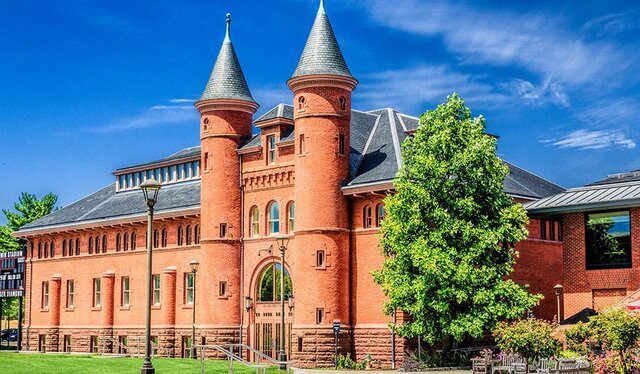 In 1873, Anna Eliot Ticknor founded the Society to encourage
In 1873, Anna Eliot Ticknor founded the Society to encourage
Studies at Home in Boston, Massachusetts. The studies were based on the correspondence school model. In the same year, Illinois Wesleyan College became the first academic institution to offer degree programs “in absentia” (Kentor, 2015). -
 The year of 1894 was a turning point for educators. Distance learning would soon be placed on a different platform. Technology began to improve thanks to Guglielmo Marconi who invented the spark transmitter and obtained the first patent for a radio device (Kentor, 2015).
The year of 1894 was a turning point for educators. Distance learning would soon be placed on a different platform. Technology began to improve thanks to Guglielmo Marconi who invented the spark transmitter and obtained the first patent for a radio device (Kentor, 2015). -
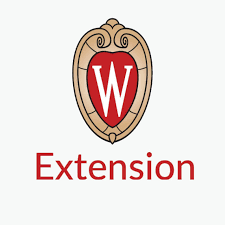 In 1906, the University of Wisconsin-Extension was founded as a distance teaching unit.
In 1906, the University of Wisconsin-Extension was founded as a distance teaching unit. -
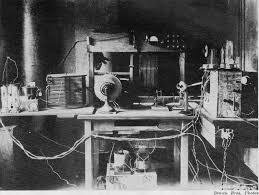 In 1919, University of Wisconsin professors began an amateur wireless station, the first federally licensed radio station specifically for education (Kentor, 2015).
In 1919, University of Wisconsin professors began an amateur wireless station, the first federally licensed radio station specifically for education (Kentor, 2015). -
 April 9, 1927 would bring the first American demonstration of live video (television). Secretary of Commerce Herbert Hoover video and audio were transmitted long distance over telephone lines. This was supported through the Bell Telephone Laboratories auditorium in New York City (Kentnor, 2015). Hoover was bale to communicate with over government officials thorugh his method.
April 9, 1927 would bring the first American demonstration of live video (television). Secretary of Commerce Herbert Hoover video and audio were transmitted long distance over telephone lines. This was supported through the Bell Telephone Laboratories auditorium in New York City (Kentnor, 2015). Hoover was bale to communicate with over government officials thorugh his method. -
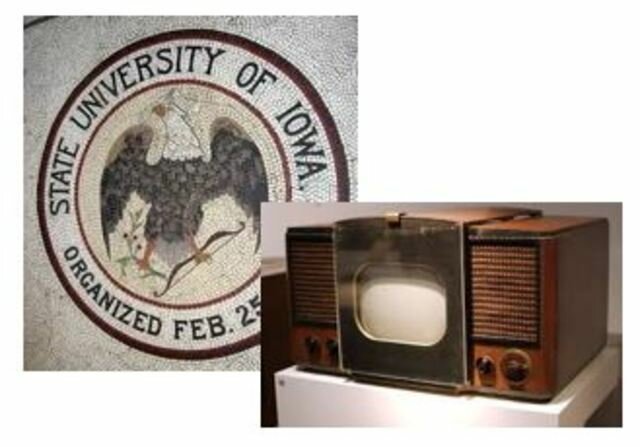 Between 1932 and 1937, the University of Iowa was recognized as the first school to experiment with utilizing television to deliver education to students (Kentor, 2015). Though not used for distance learning, it helped open the path to distance learning. During this time period, Iowa utilized television in the classroom creating more of a Hybrid-Learning environment.
Between 1932 and 1937, the University of Iowa was recognized as the first school to experiment with utilizing television to deliver education to students (Kentor, 2015). Though not used for distance learning, it helped open the path to distance learning. During this time period, Iowa utilized television in the classroom creating more of a Hybrid-Learning environment. -
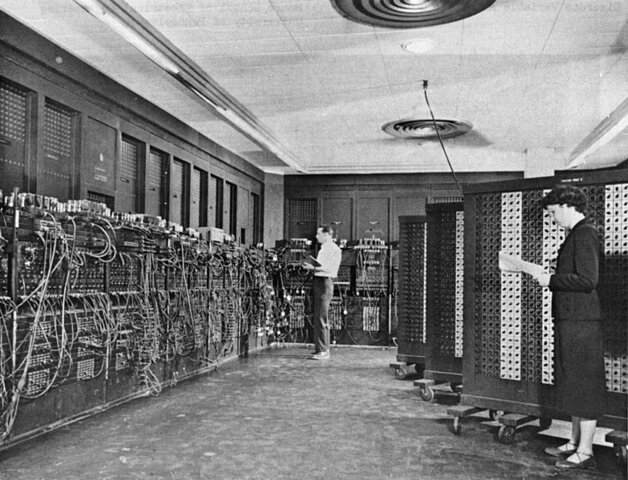 From 1943 though 1945 the Electronic Numerical Integrator Analyzer and Computer (ENIAC), was constructed at the University of Pennsylvania to conduct ballistics calculations for the U.S. military during World War II. The system was completed in 1946 and ready for use. The continuous growth in technology paved way for the technology in the 21st Century.
From 1943 though 1945 the Electronic Numerical Integrator Analyzer and Computer (ENIAC), was constructed at the University of Pennsylvania to conduct ballistics calculations for the U.S. military during World War II. The system was completed in 1946 and ready for use. The continuous growth in technology paved way for the technology in the 21st Century. -
By the early 1980's, microcomputers were introduced and were able to fit on desktops. In 1983, nearly 40 percent of elementary schools and 75 percent of secondary schools in the United States were utilizing computers for educational purposes (Lafleur, 2020).
-
Online educational programs began in 1989. The University of Phoenix began using CompuServe, one of the first consumer
online services (Kentnor, 2015). -
 In 1989, computer scientist Tim Berners-Lee invented the World Wide Web. As we known today, the world wide web (www) allows for individuals to access a large data base of information. The world wide web did not become available to the public until 1990.
In 1989, computer scientist Tim Berners-Lee invented the World Wide Web. As we known today, the world wide web (www) allows for individuals to access a large data base of information. The world wide web did not become available to the public until 1990. -
 In 1991, the World Wide Web (Web) was unveiled, and the University of Phoenix became one of the first to offer online education programs through the Internet.
In 1991, the World Wide Web (Web) was unveiled, and the University of Phoenix became one of the first to offer online education programs through the Internet. -
In 1997, Michael Chasen and his college friend Matthew Pittinsky founded Blackboard. This learning management software allowed for education to be delivered to students online.
-
 The Massachusetts Institute of Technology (MIT) launches the OpenCourseWare Project to provide free MIT courses to people worldwide.
The Massachusetts Institute of Technology (MIT) launches the OpenCourseWare Project to provide free MIT courses to people worldwide. -
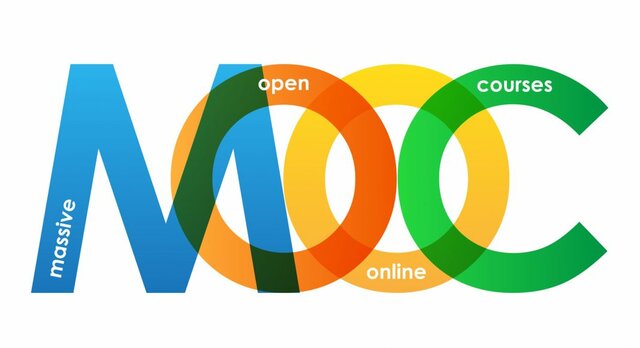 Massive Open Online Courses (MOOCs), a free online course resource, becomes available through Udacity and enables learners to take classes asynchronously at their own pace.
Massive Open Online Courses (MOOCs), a free online course resource, becomes available through Udacity and enables learners to take classes asynchronously at their own pace. -
Online learning became the default in 2020. Due to the spread of COVID-19, Higher Education, High Schools, and Primary Schools were forced to distance learning.
-
Online education is established, growing, and here to stay. It is creating new opportunities for students and also for faculty, regulators of education, and the educational institutions themselves.







